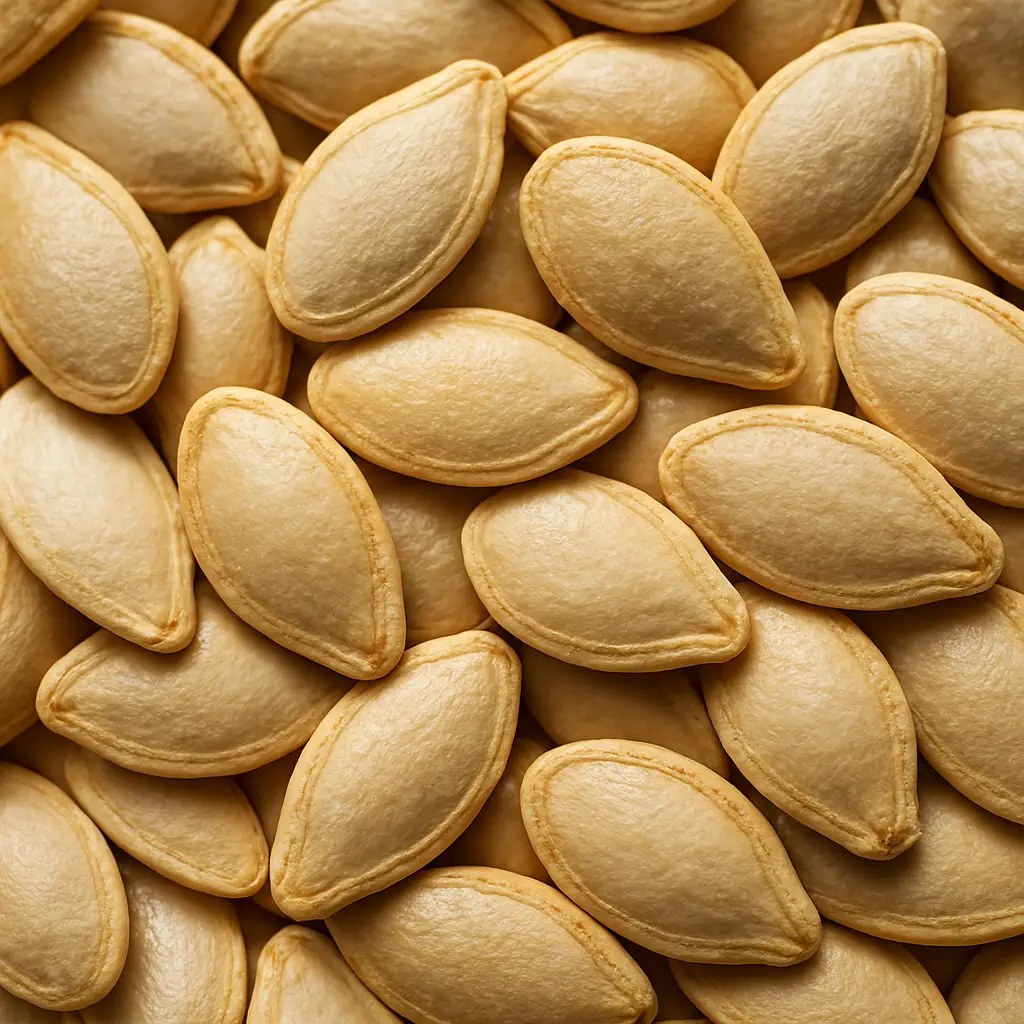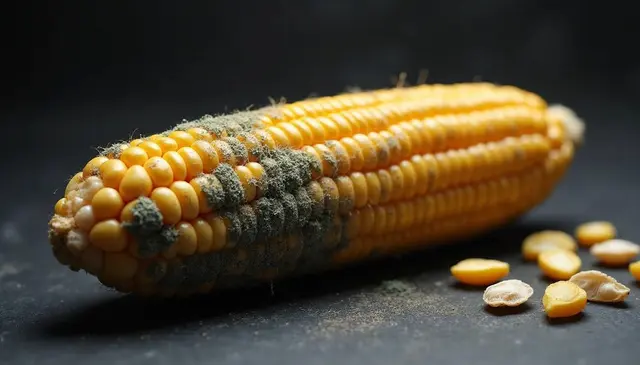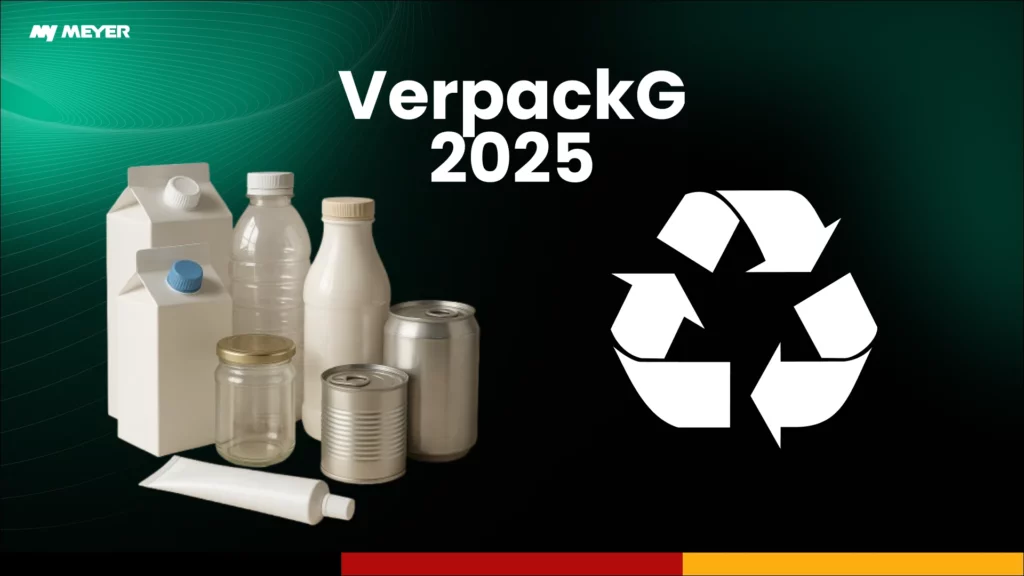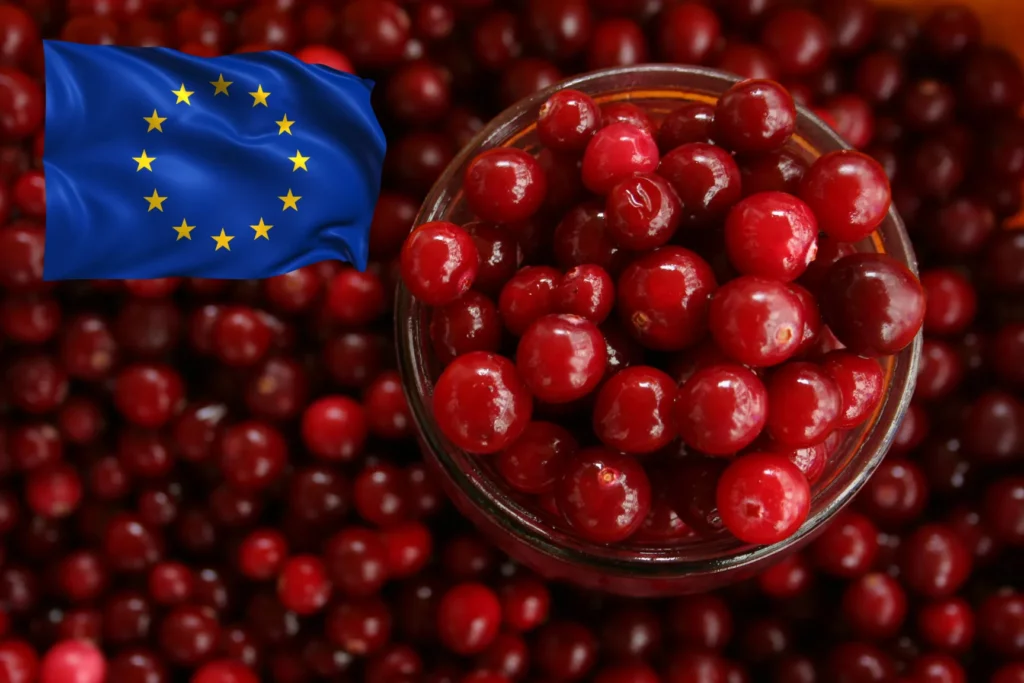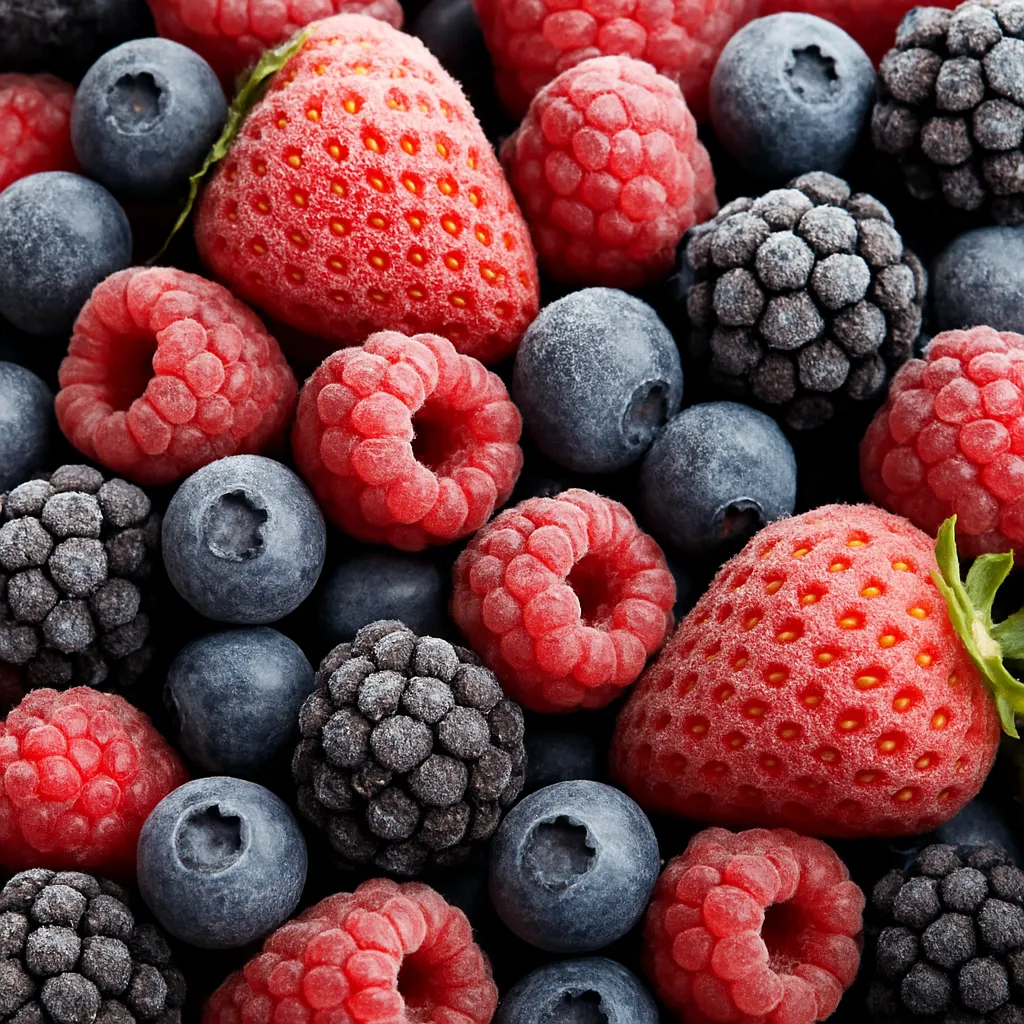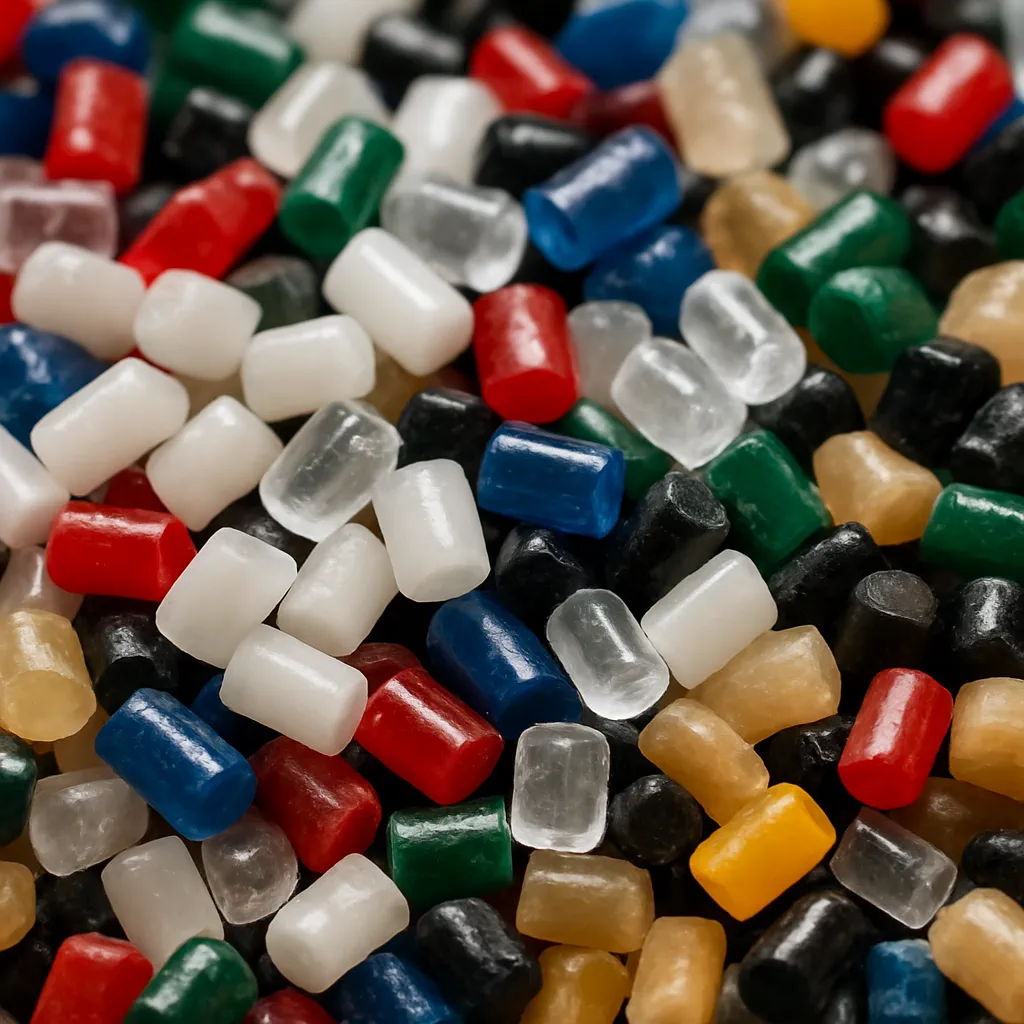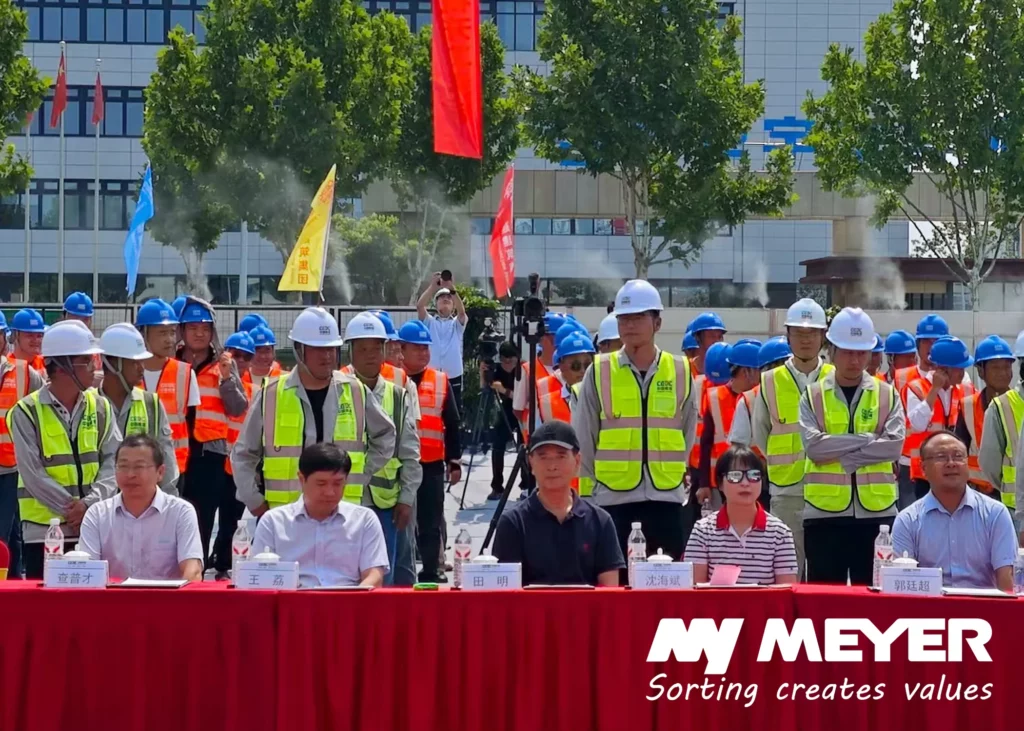1. Importance of Seed Quality in the Global Market
Sunflower and pumpkin seeds enjoy international popularity for their nutritional benefits, including healthy fats, proteins, vitamins, and minerals. According to a 2022 report by the Food and Agriculture Organization (FAO), global sunflower seed production exceeded 50 million metric tons, while pumpkin seed production continued to grow steadily due to increasing consumer demand for healthier snacks and plant-based proteins.
- Consumer Expectations: Modern consumers demand clean, defect-free, and visually appealing seeds, pushing producers to adopt high-precision sorting methods.
- Regulatory Standards: Agencies like the U.S. Food and Drug Administration (FDA) and the European Food Safety Authority (EFSA) enforce strict guidelines on contaminants, requiring seed processors to utilize robust sorting and inspection techniques.
High product standards not only secure consumer trust but also open doors to international markets, helping businesses gain a competitive edge.
2. Challenges in Processing Sunflower and Pumpkin Seeds
While sunflower and pumpkin seeds are popular, their processing comes with unique hurdles:
- Foreign Material Contamination
Harvested seeds often carry stems, shells, husks, small stones, and other debris. Removing these contaminants manually can be labor-intensive and prone to error. - Color Variations
Discoloration can indicate mold, fungal infections, or excessive oxidation, which impacts taste and quality. Traditional mechanical sorters may struggle to differentiate these nuances accurately. - Size and Shape Inconsistency
Sunflower and pumpkin seeds naturally vary in size, shape, and thickness, making uniform sorting a challenge without advanced inspection systems. - High Throughput Demand
Large-scale producers process tons of seeds per hour. Manual labor cannot match the speed and consistency required in modern production lines.
These challenges underscore the need for advanced, automated solutions that can handle large volumes and stringent quality criteria without compromising speed or accuracy.
Below is a quick comparison table highlighting the key characteristics of sunflower and pumpkin seeds, along with why these factors matter in the context of optical sorting and overall processing.
| Aspect | Sunflower Seeds | Pumpkin Seeds | Why It Matters for Sorting |
| Typical Appearance | Small, elongated seeds, usually grayish-green or black shells with white stripes | Larger, oval-shaped seeds, typically greenish-white shells | Accurate color and shape detection ensures consistent rejection of discolored or malformed seeds. |
| Nutritional Profile | High in vitamin E, selenium, and healthy fats | Rich in magnesium, zinc, and antioxidants | Consumers expect nutritious, high-quality seeds. Optical sorting helps maintain visual and nutritional standards. |
| Common Defects | Mold, discoloration, broken shells, foreign debris | Mold, discoloration, shell chipping, foreign debris | Optical sorters can swiftly detect defects and foreign materials, minimizing contamination and product loss. |
| Processing Challenges | Shell thickness and color variation can complicate manual sorting | Irregular seed shape and color variations may cause mis-sorting | Sorters handle nuanced differences in shape and color more effectively than manual processes. |
| Market Demand | Widely used in snack foods, baking, and oil extraction | Popular in gourmet snacks, health foods, and culinary ingredients | Meeting high market demands requires high-speed, high-precision sorting to ensure supply consistency and quality. |
| Sensitivity to Contaminants | Shell fragments, small stones, or plant debris often missed manually | Shell fragments, plant matter, or invisible defects like mold spores | Multi-sensor optical sorters and x-ray detectors (e.g., color + NIR) enhance detection accuracy, ensuring only clean, safe seeds reach the end consumer. |
3. How Optical Sorting Works
Optical sorting systems generally include high-resolution cameras, lighting units, and rejection mechanisms. Here’s a simplified process:
- Feeding: Seeds are dispersed onto a conveyor or vibrating feeder, ensuring a single-layer flow for optimal inspection.
- Imaging: As seeds pass through the inspection zone, cameras or sensors capture their visual, color, or spectral signatures.
- Analysis: Sophisticated software algorithms compare each seed against predefined parameters—color, size, shape, or even density.
- Rejection: Any seed that does not meet the criteria is removed from the product stream via compressed air ejectors.
This automated approach rapidly identifies seeds that are discolored, underdeveloped, or contaminated, ensuring only premium-quality products continue to downstream processes like packaging or roasting.
4. Key Benefits of Optical Sorting Sunflower and Pumpkin Seeds
| Benefit | How It Helps |
| Increased Yield | Minimizes waste by ensuring only truly defective seeds are removed, improving overall recovery rates. |
| Improved Product Quality | Detects subtle defects and contaminants, guaranteeing a consistent final product that meets consumer expectations. |
| Reduced Labor Costs | Automates a traditionally manual and labor-intensive process, reducing the need for large sorting teams. |
| Regulatory Compliance | Helps meet stringent international food safety and quality standards, reducing the risk of recalls and legal issues. |
| Data-Driven Insights | Modern systems provide real-time data, enabling continuous process optimization and quality improvement. |
5. Best Practices for Implementation
- Pilot Testing
Before deploying a full-scale system, run pilot tests with sample seed lots to tailor the sorter’s sensitivity settings. This step is crucial to achieving optimal performance. - Proper Feeding Mechanism
Ensure your feeder or infeed system distributes seeds evenly. A well-designed feeding mechanism significantly improves the sorter’s efficiency. - Real-Time Monitoring and Adjustments
Opt for systems that offer live monitoring. On-the-fly tweaks to sensitivity and rejection thresholds can adapt the process to varying seed qualities or changing moisture levels. - Staff Training
Even though the technology is automated, trained personnel are essential for system oversight, routine checks, and software updates.
6. Frequently Asked Questions (FAQ)
- Q: Are optical sorters cost-effective for small to medium-sized seed processors?
A: While there is an initial investment, the long-term savings from reduced labor, minimized waste, and lower recall risks often justify the cost, especially in markets demanding high-quality seeds. - Q: What is the typical throughput of an optical sorter for sunflower and pumpkin seeds?
A: The throughput can range from 300 kg to as much as 10 tons per hour. However, it’s difficult to define the exact performance of the sorter. Factors such as the level and type of contamination, the size of the sorter, and other variables can influence these parameters. To accurately assess the capabilities, it’s essential to conduct tests using the specific material. - Q: Can optical sorters detect and remove seeds affected by mycotoxins?
A: Some advanced hyperspectral systems can indirectly identify mycotoxin-infected seeds by detecting color or spectral anomalies, but confirming contamination typically requires additional lab testing. - Q: Do I need a separate system for sunflower and pumpkin seeds?
A: Each of these seeds can be handled by a single optical sorter. However, it requires proper cleaning of the sorter and feeders between material changes. It is important to consult with the service team and prepare specific sorting programs tailored to the type of seed and the particular contaminants present in that material.
8. Conclusion
Optical sorting stands out as a pivotal technology in sunflower and pumpkin seed processing, addressing the industry’s most pressing challenges—contamination, discoloration, size inconsistencies, and the need for high throughput. By automating seed inspection, producers can drastically reduce labor costs, improve final product quality, and meet strict global safety standards.
While the upfront investment in optical sorting equipment may appear substantial, the long-term returns—ranging from higher yield to enhanced brand reputation—make it a compelling choice for forward-thinking seed processors. When combined with proper training, regular maintenance, and data-driven process improvements, optical sorting becomes an indispensable ally in maximizing yield, guaranteeing quality, and satisfying the ever-evolving demands of both consumers and regulators.
9. Additional Resources
- Books & Studies
- Handbook of Seed Science and Technology by A.S. Basra
- Seed Quality: Basic Mechanisms and Agricultural Implications by Robert E. Casey and Emile Konings
- Journal of Food Engineering – Studies on optical sorting and food quality assessment.
- Online Resources
- FAO: Food and Agriculture Organization
- FDA: Current Good Manufacturing Practices
- EFSA: European Food Safety Authority
These references offer deeper insights into best practices, academic research, and regulatory guidance related to seed processing and food safety.
By staying at the forefront of innovative technologies like optical sorting, your sunflower and pumpkin seed processing can evolve into a more efficient, profitable, and consumer-focused operation.
